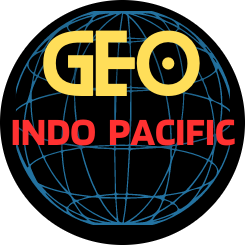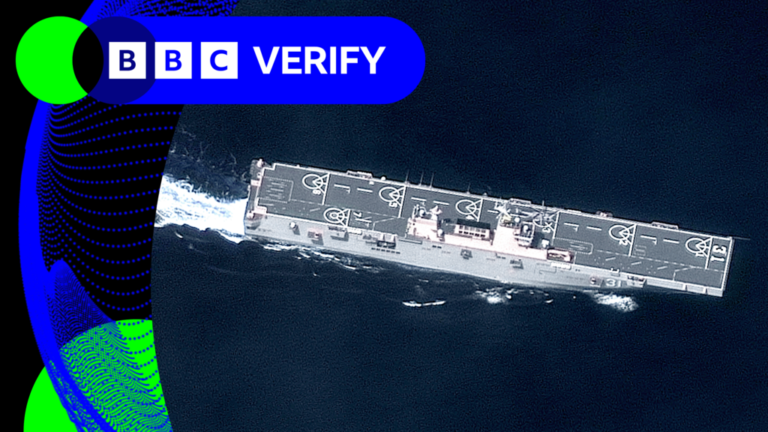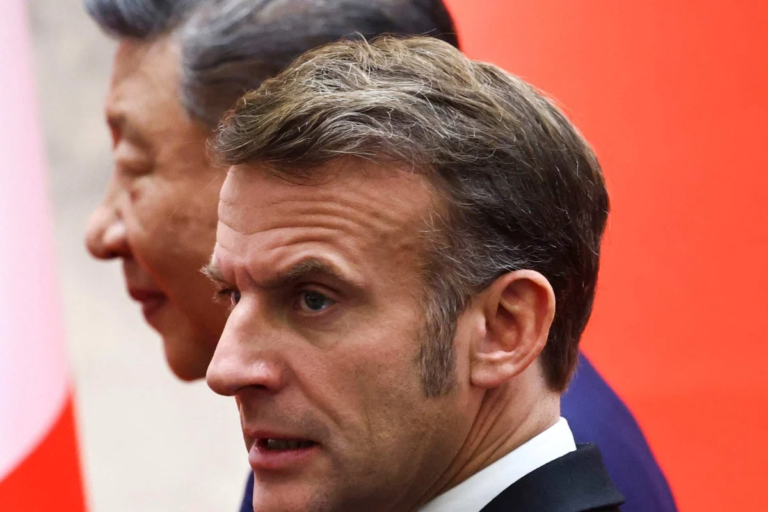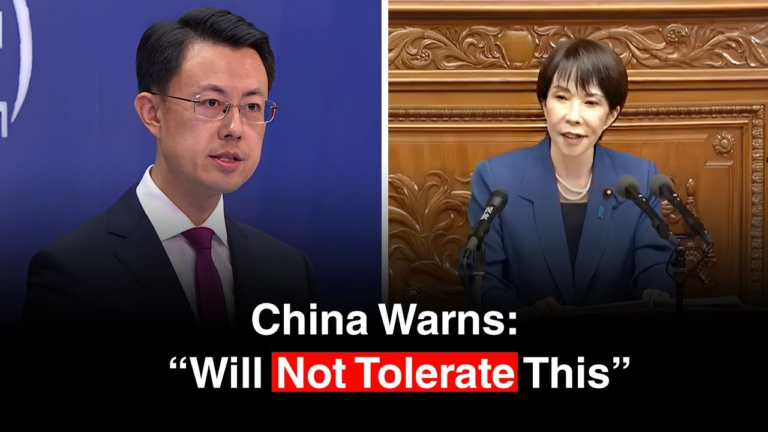
The United States is deepening its military presence in the Philippines with a planned upgrade to a naval base in Palawan, a strategically vital island facing the South China Sea that already hosts American-funded boat hubs and airstrips.
While some observers view the growing American presence as a pragmatic move to enhance the Philippines’ defence capabilities, others caution that the strategy risks creating a precarious dependency under a transactional US administration and leaves Manila increasingly exposed should tensions in the region escalate.
The latest move is a US$975,000 contract awarded last month to New Mexico-based Ace Builders to develop new facilities at the Naval Detachment Oyster Bay. According to the United States Naval Institute, the “design-build” project would support small boats and unmanned surface vessels (USV), boosting the Philippine Navy’s operational resilience in contested waters.
The project is expected to enhance the Philippine Navy’s sustainment capabilities amid ongoing operational challenges in the West Philippine Sea, Manila’s name for South China Sea waters that lie within its exclusive economic zone.
Currently, Palawan has the largest concentration of US facilities in the country, with an Enhanced Defence Cooperation Agreement (EDCA) site situated in Balabac town, which has a new 3km (1.86 miles) runway designated for civilian and military aircraft.
The US is also building a boat hub facility to service and deploy small Philippine naval craft in Quezon, a coastal town in Palawan less than 260km (162 miles) from the Second Thomas Shoal, a flashpoint in the disputed waters.
Arnaud Leveau, assistant professor of geopolitics at Paris Dauphine University, said Washington’s intent was multifaceted and could not be reduced to simply “good” or “bad”.





